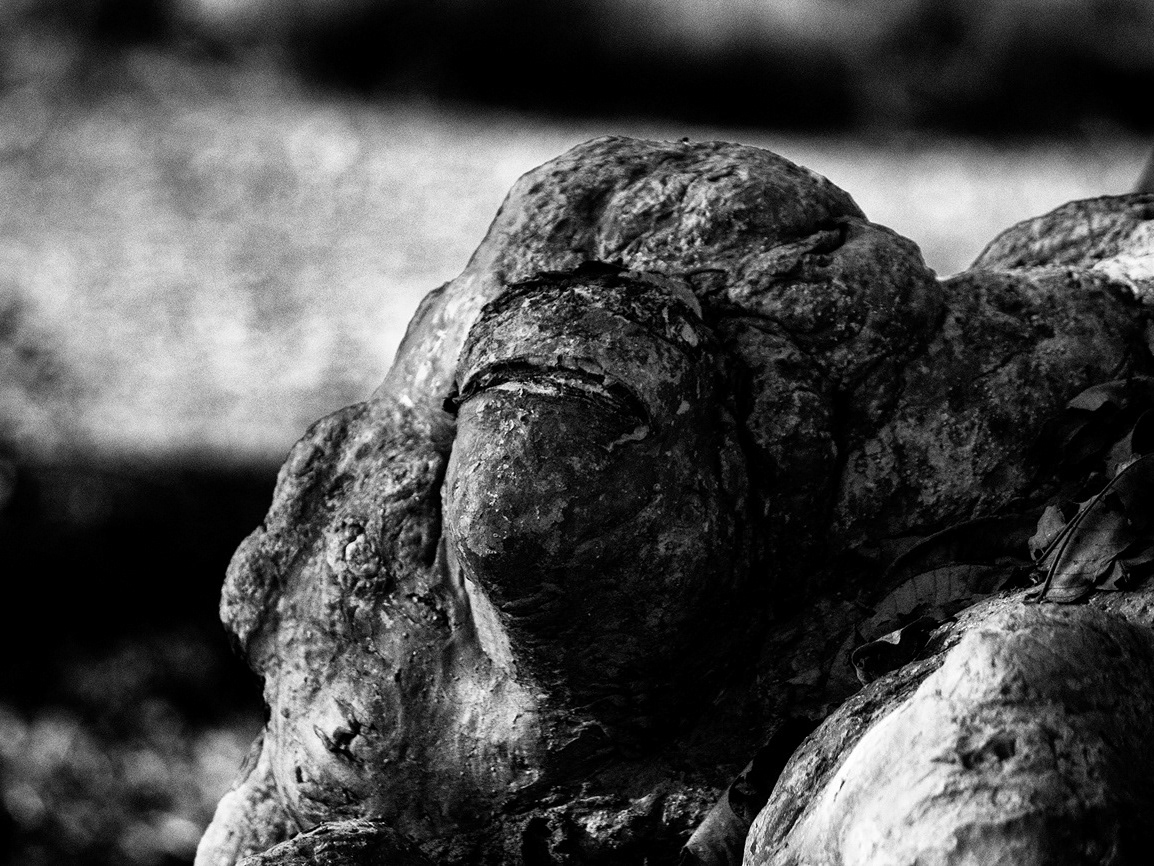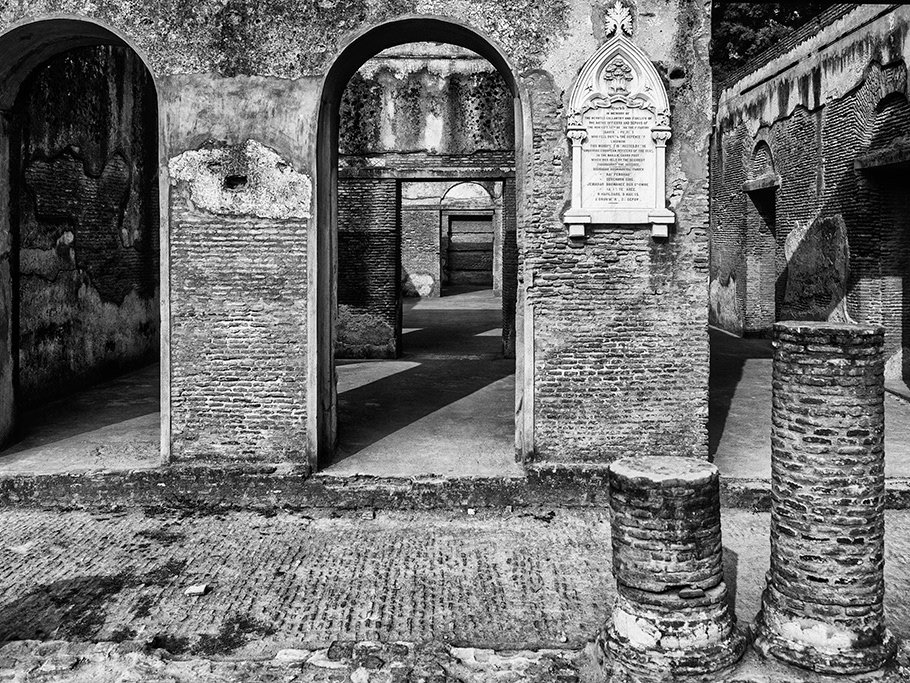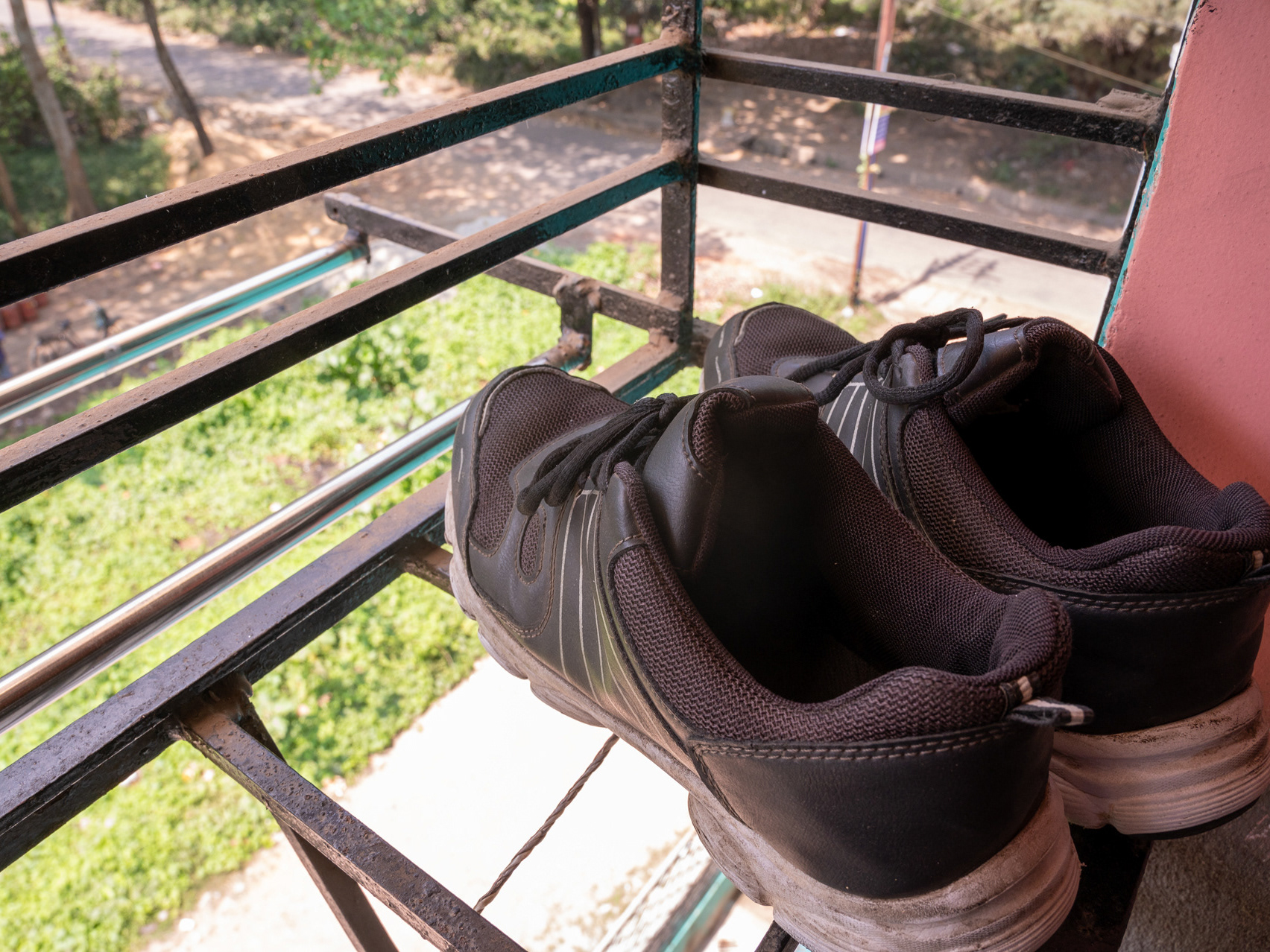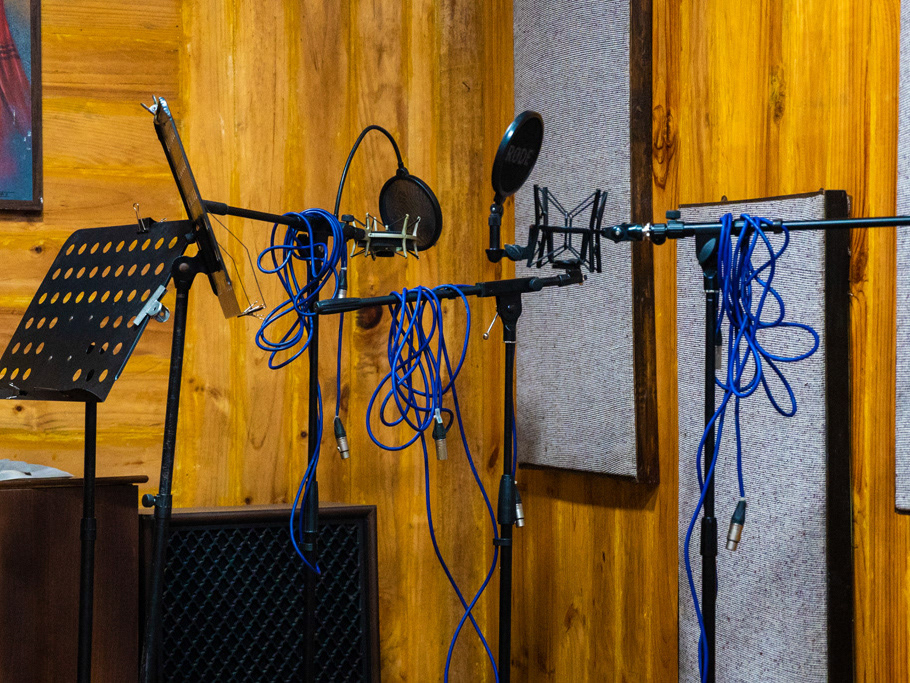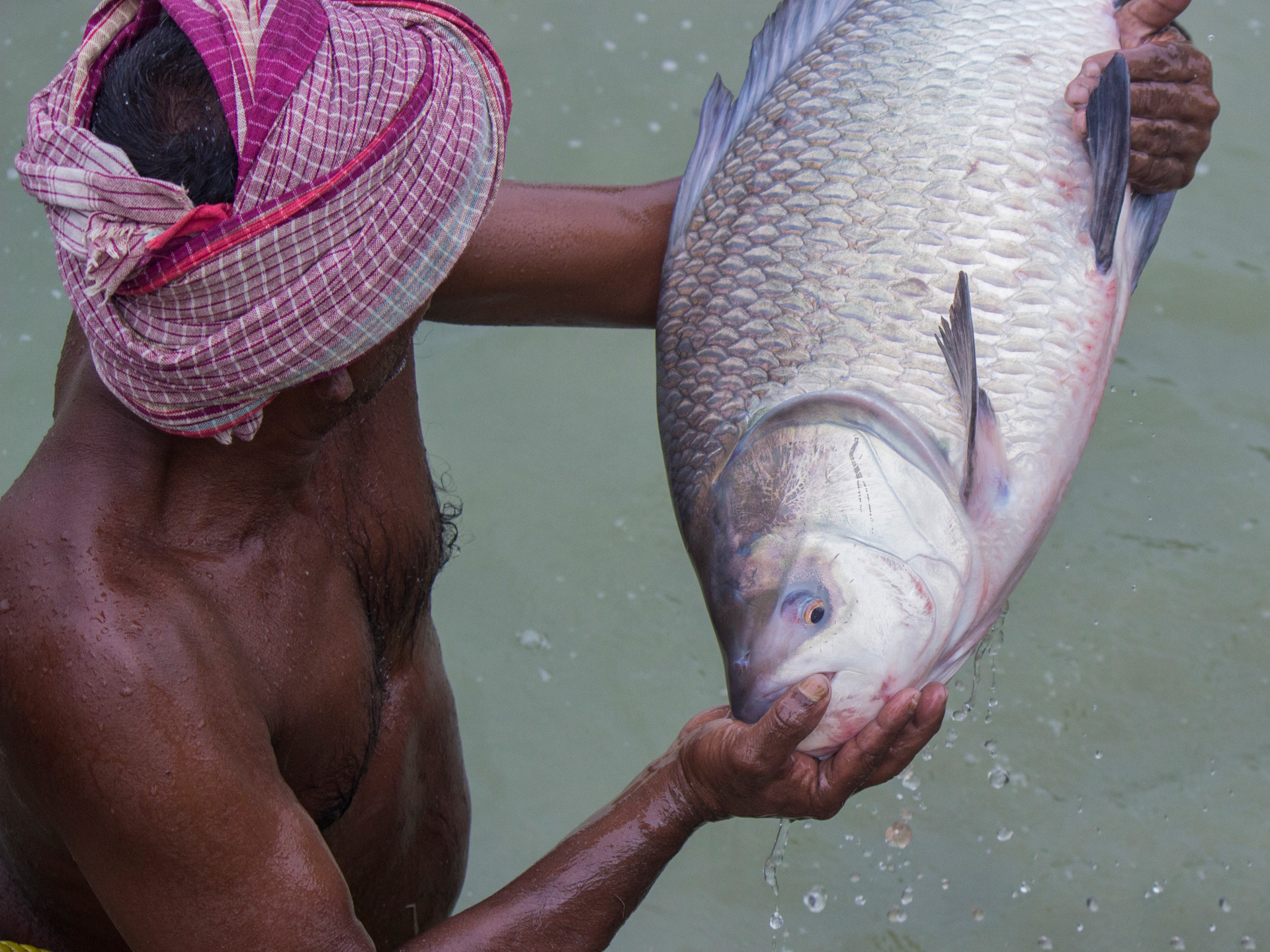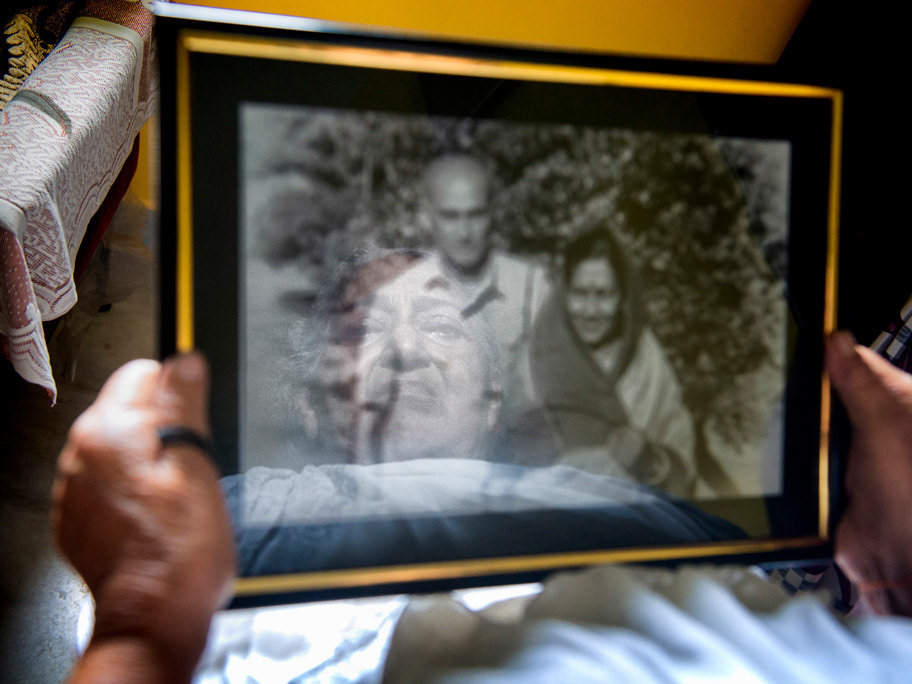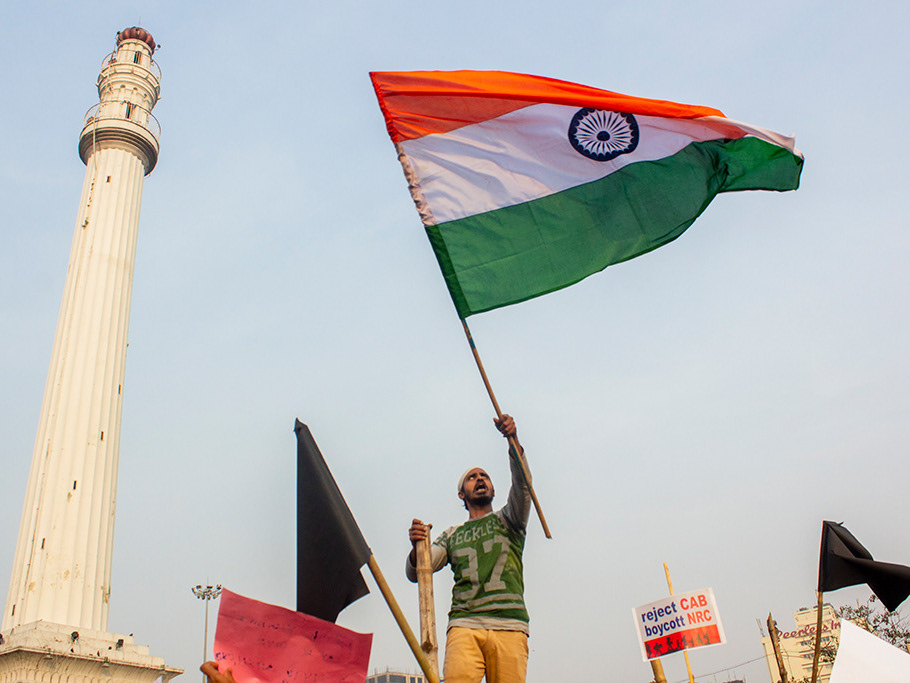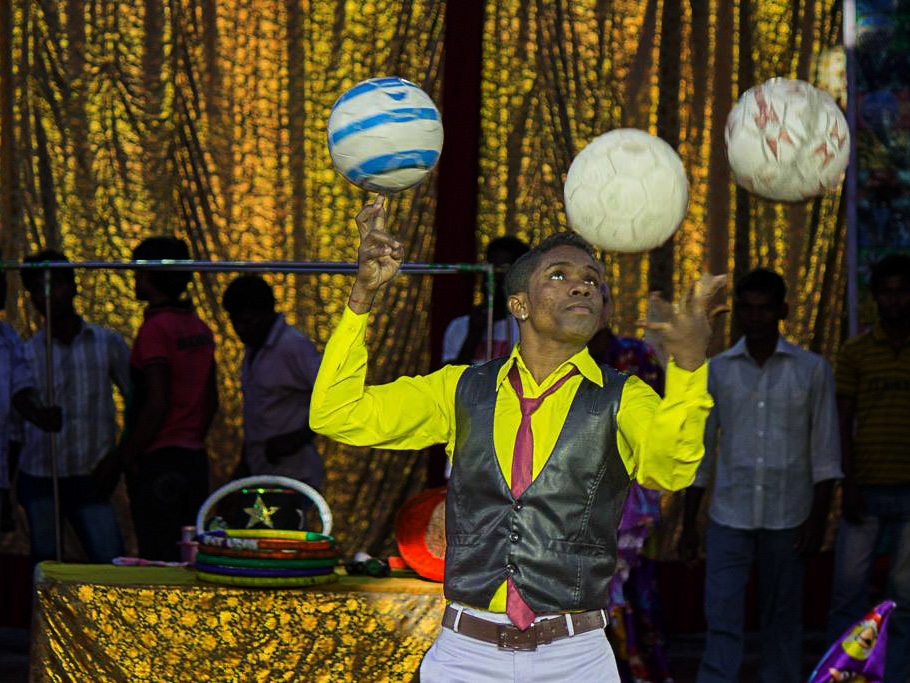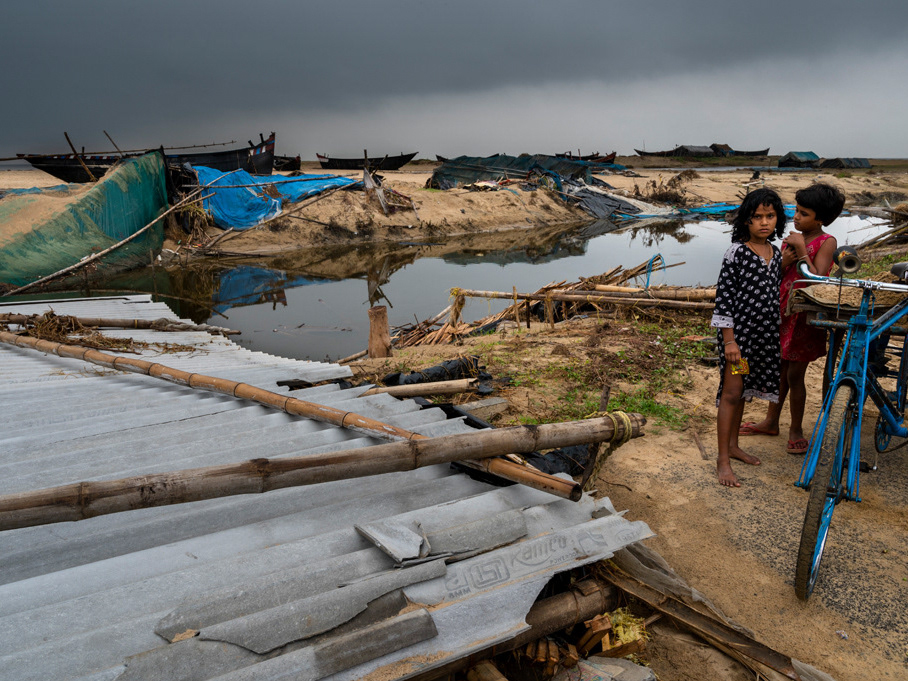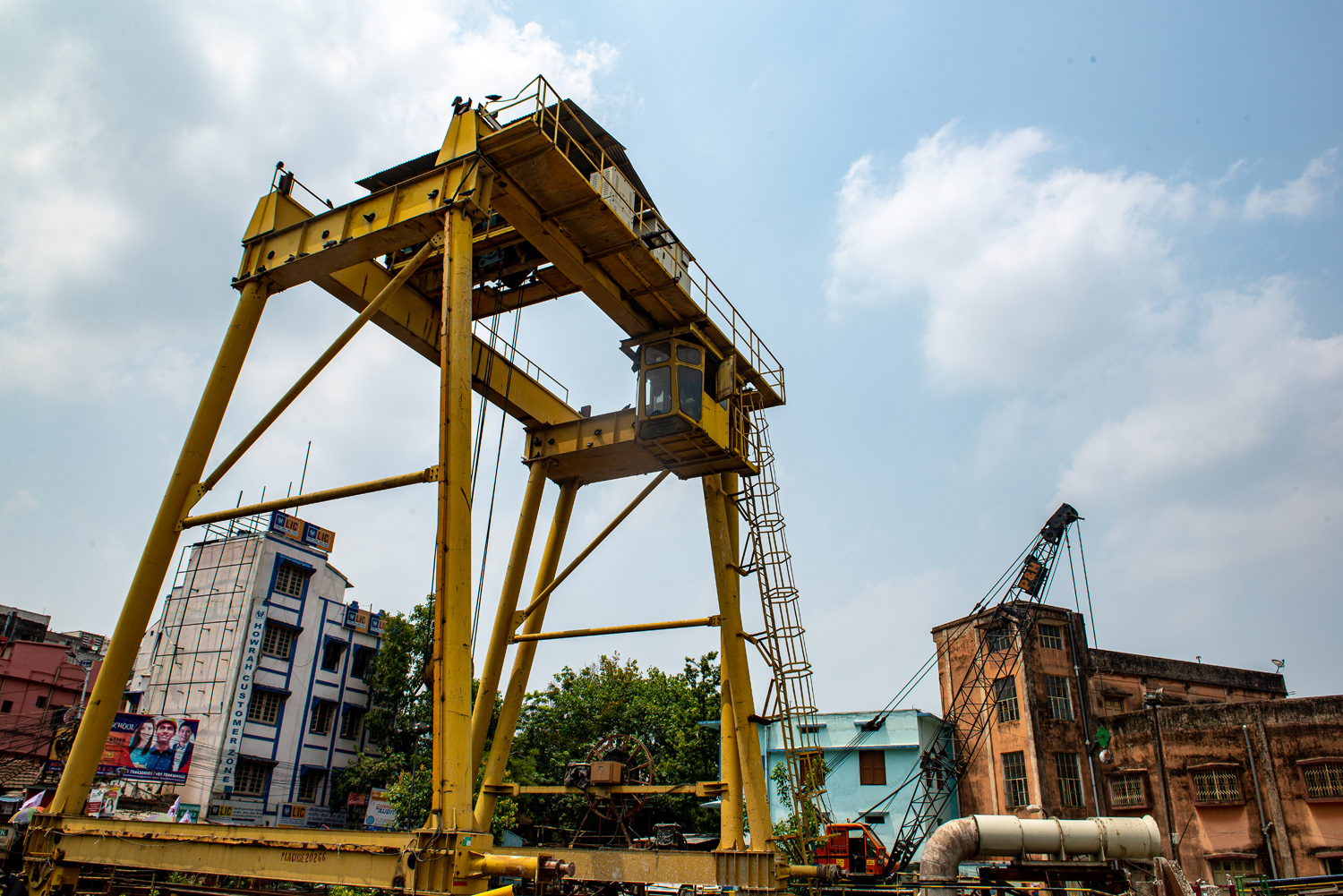
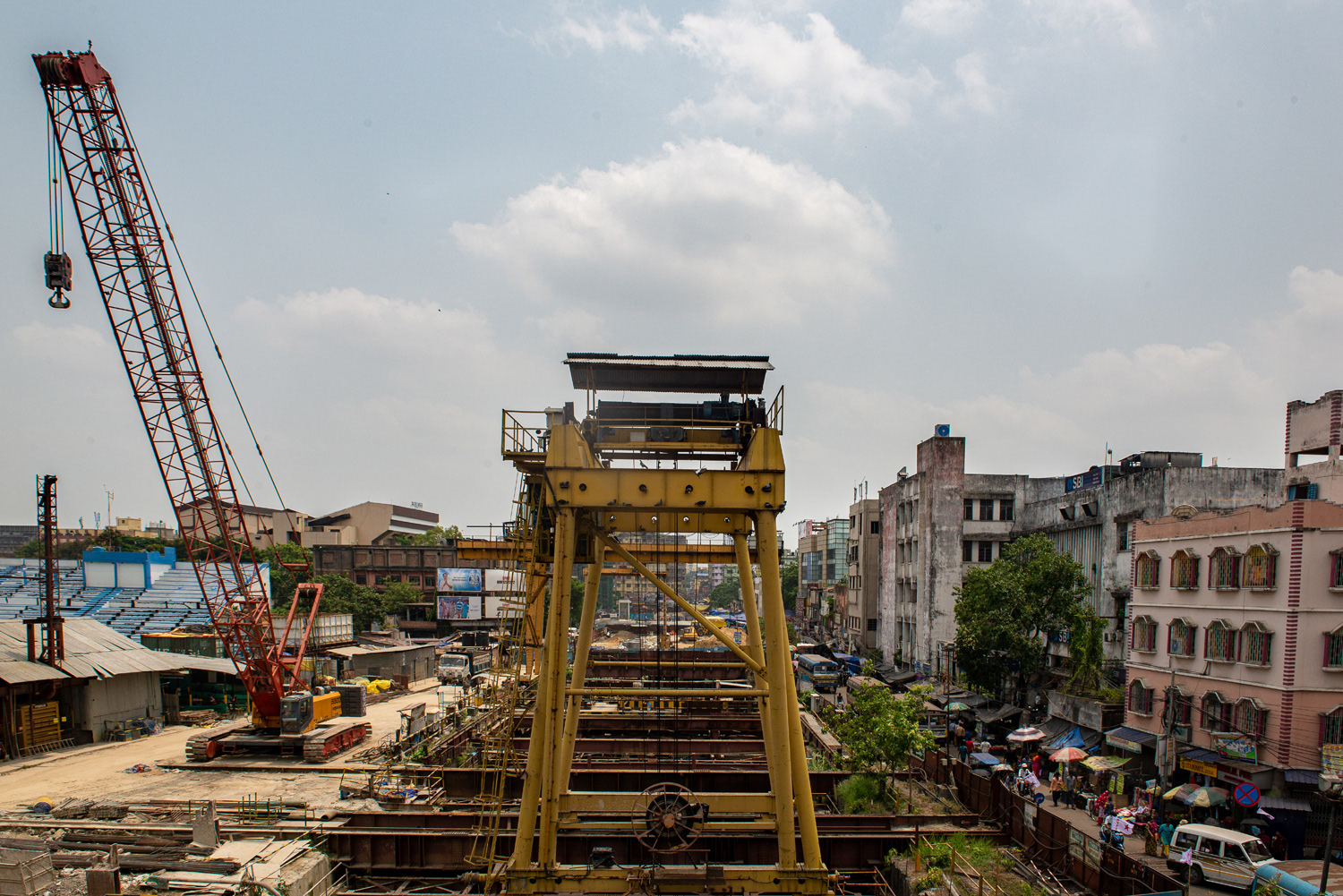
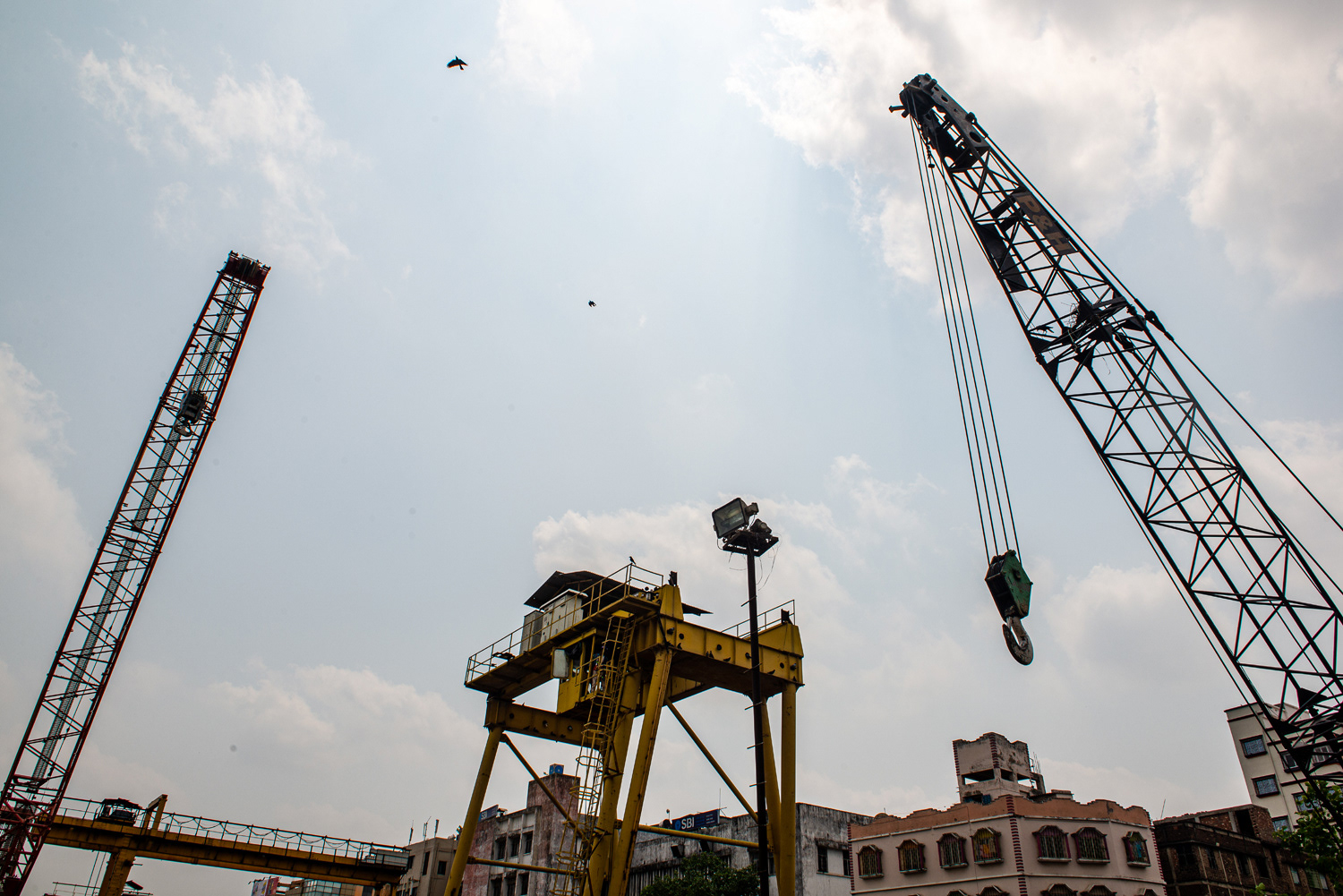
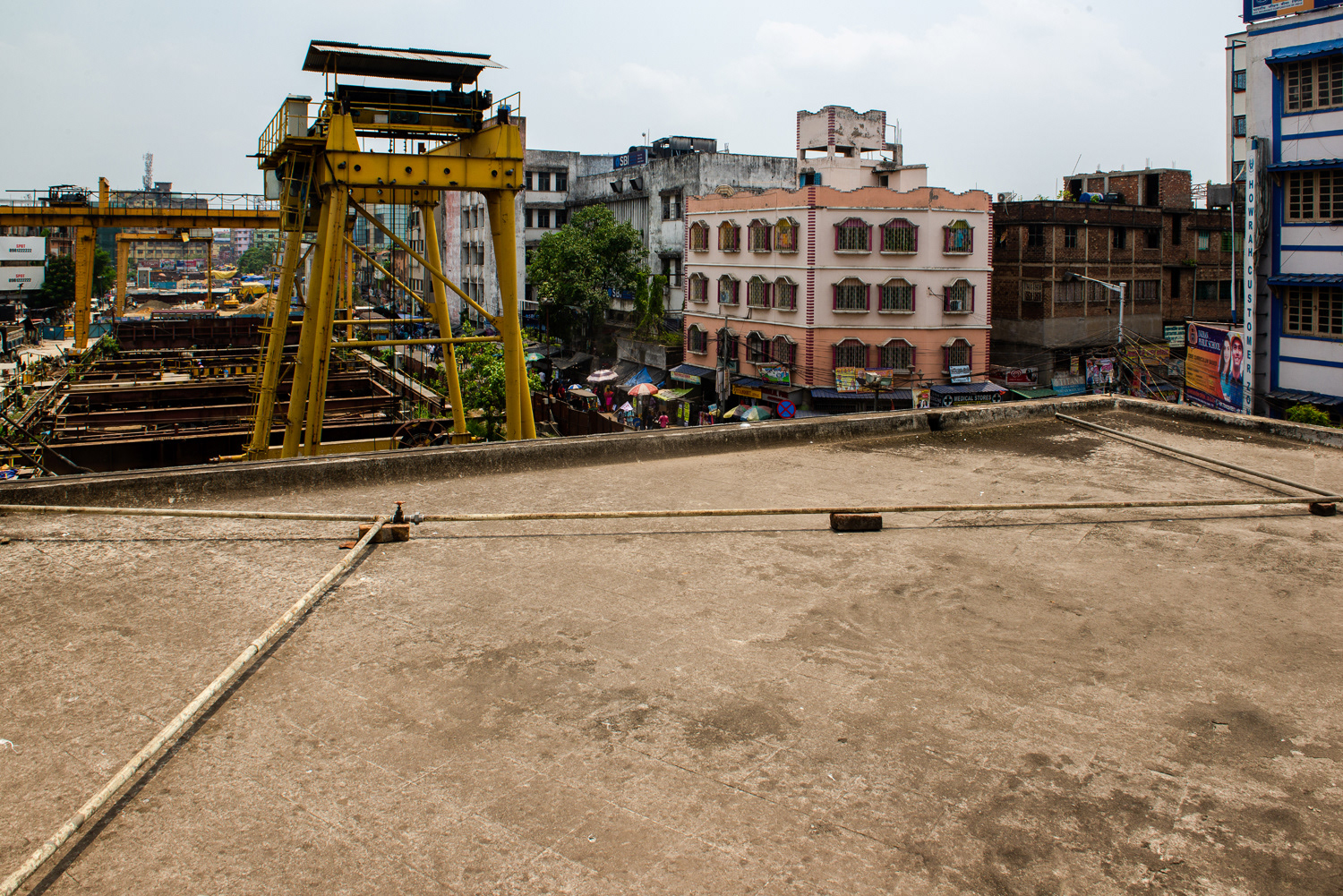
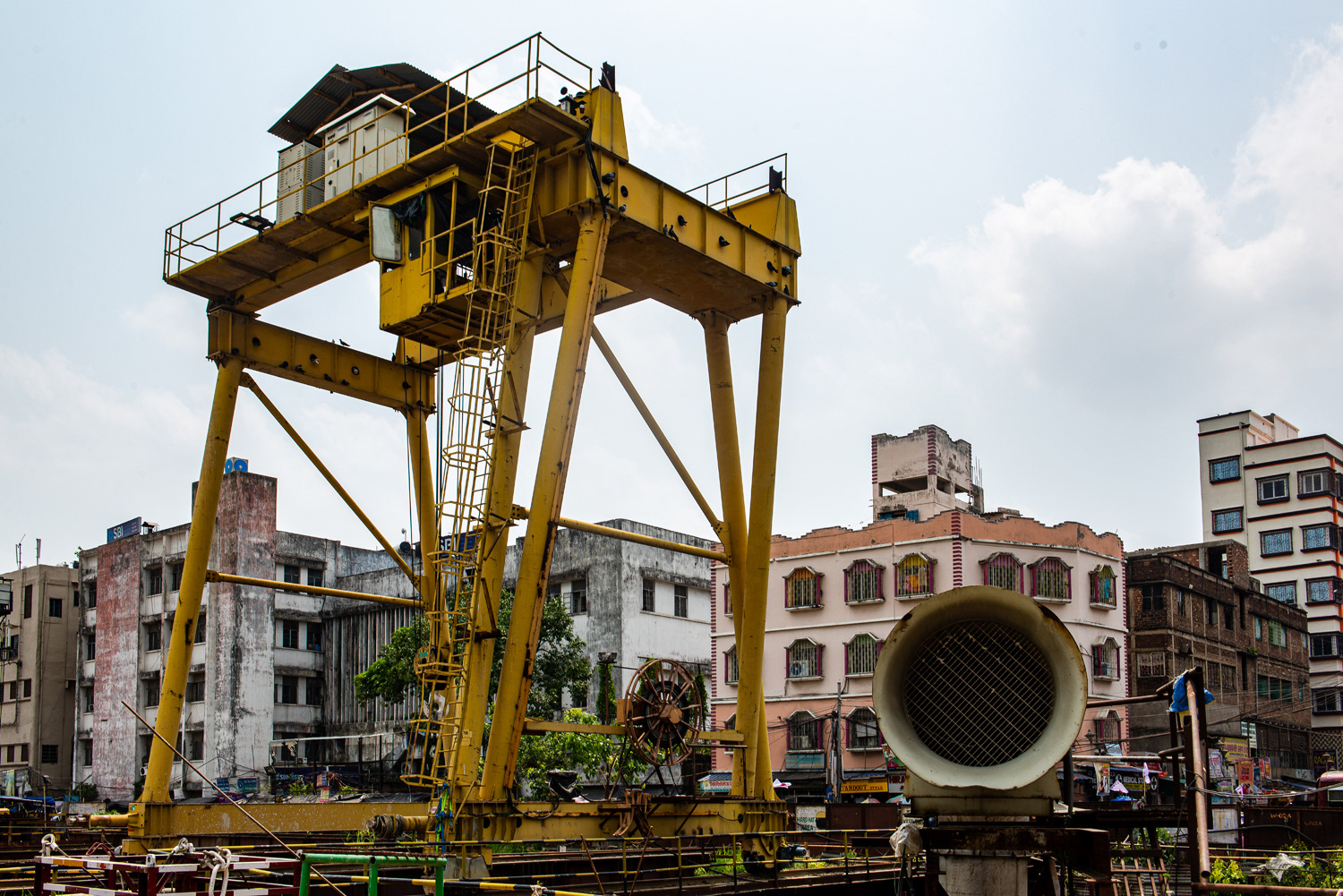
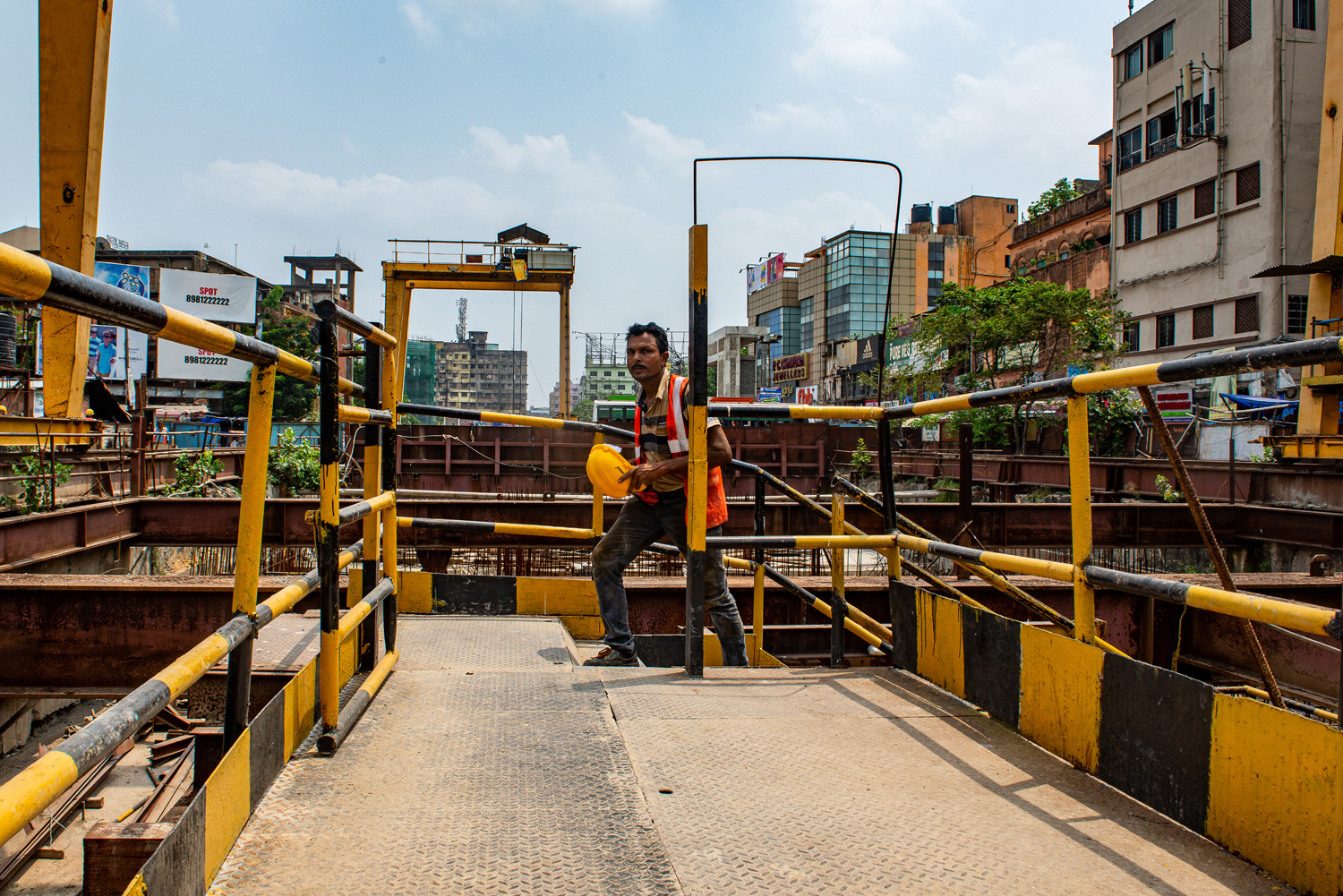
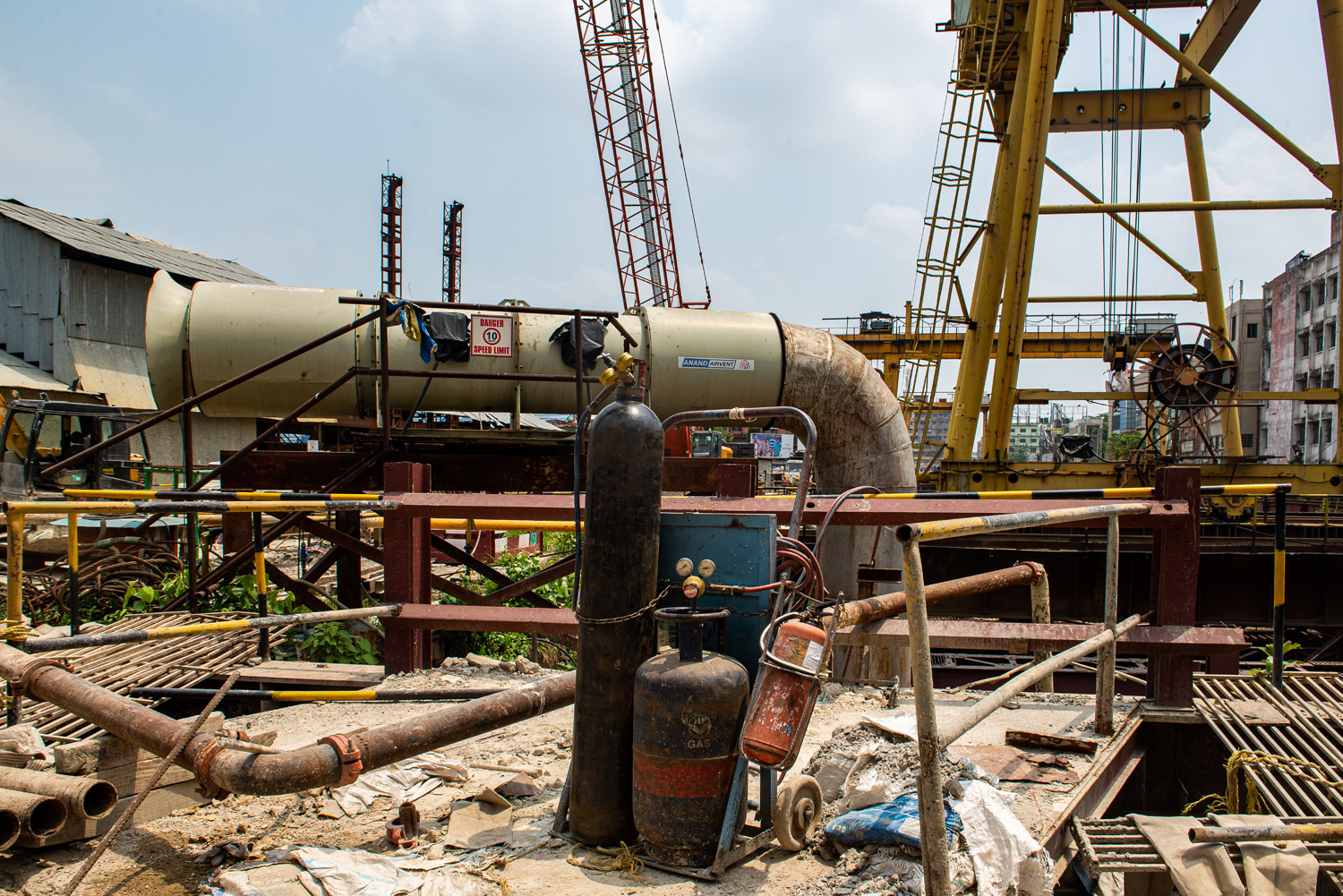
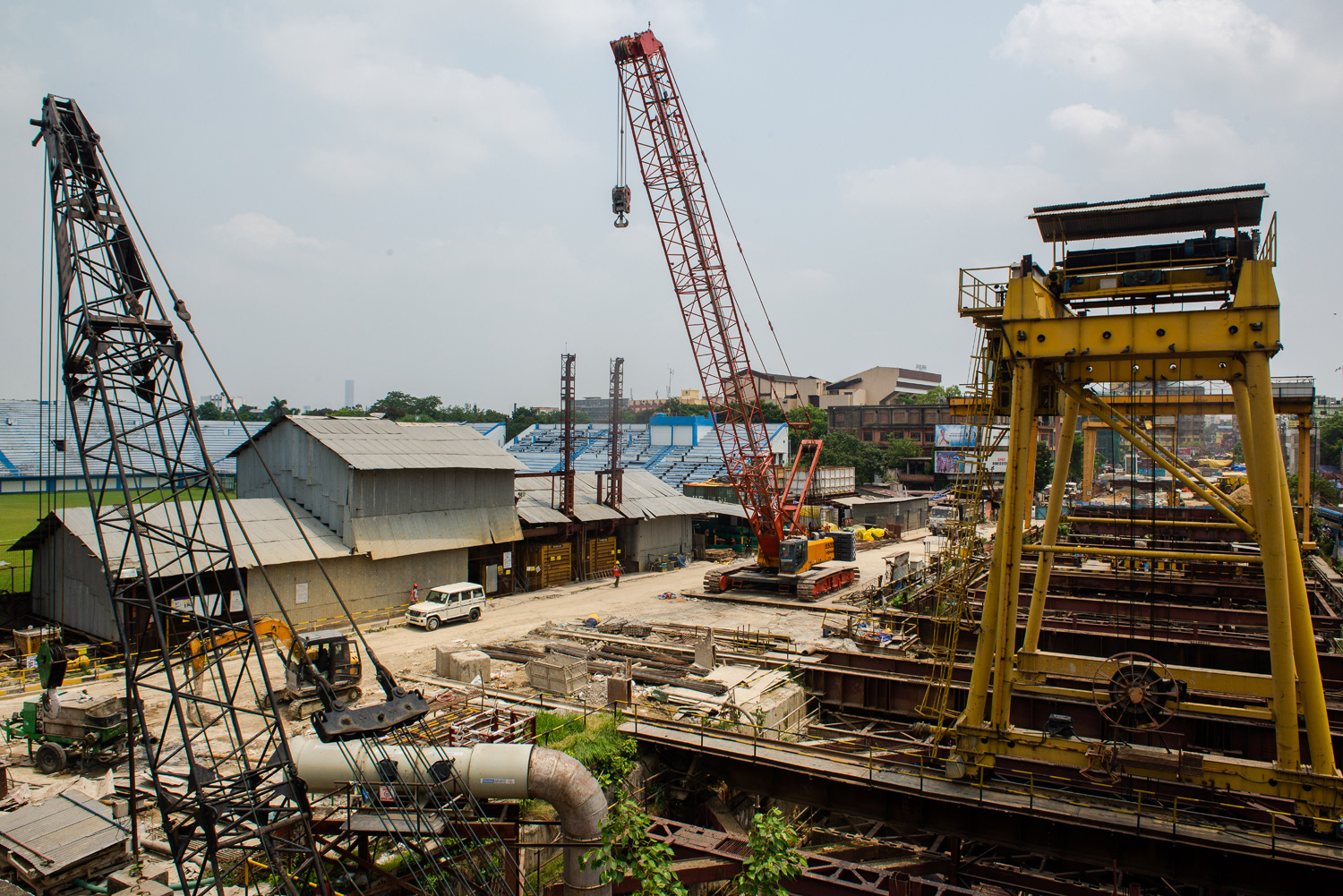
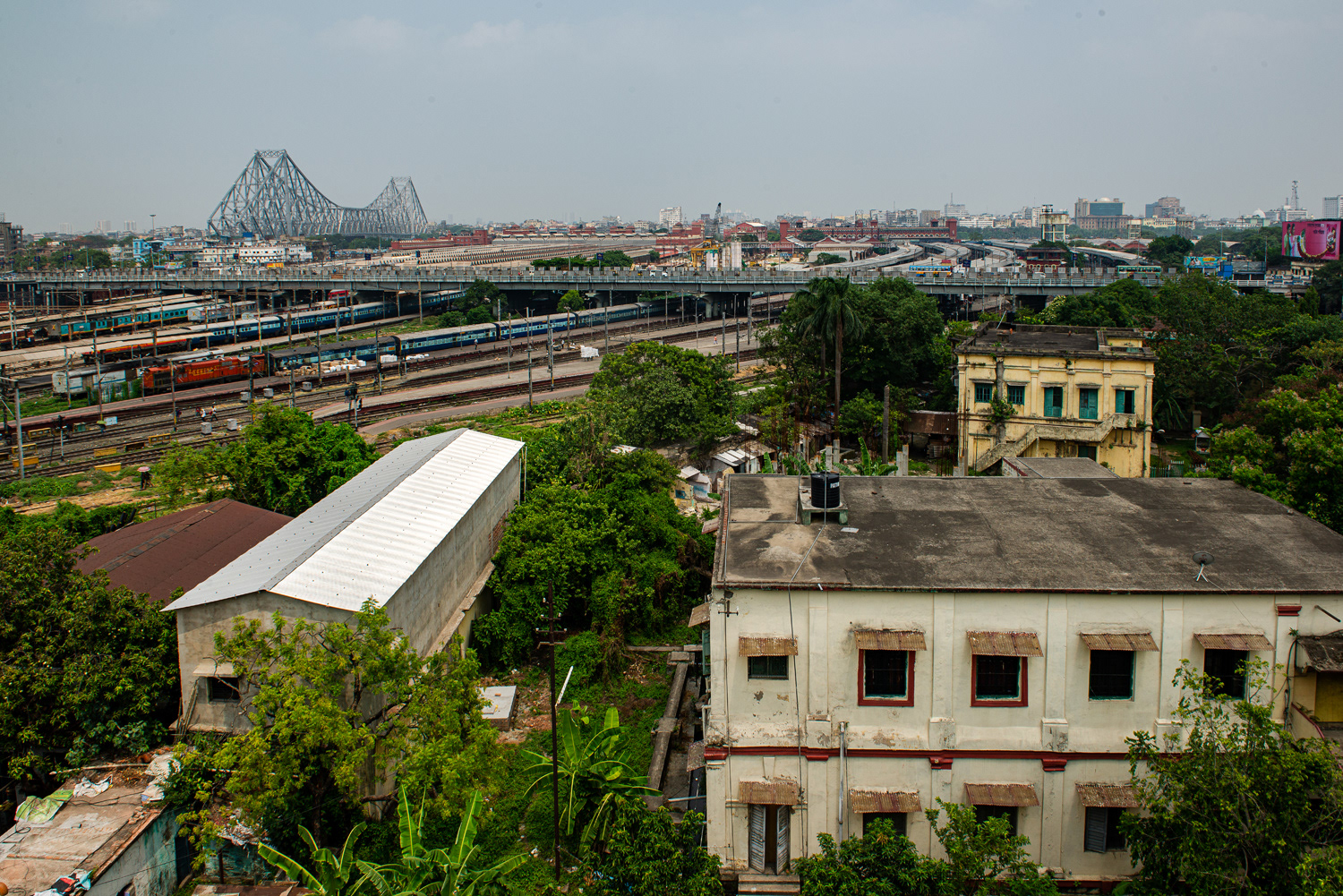
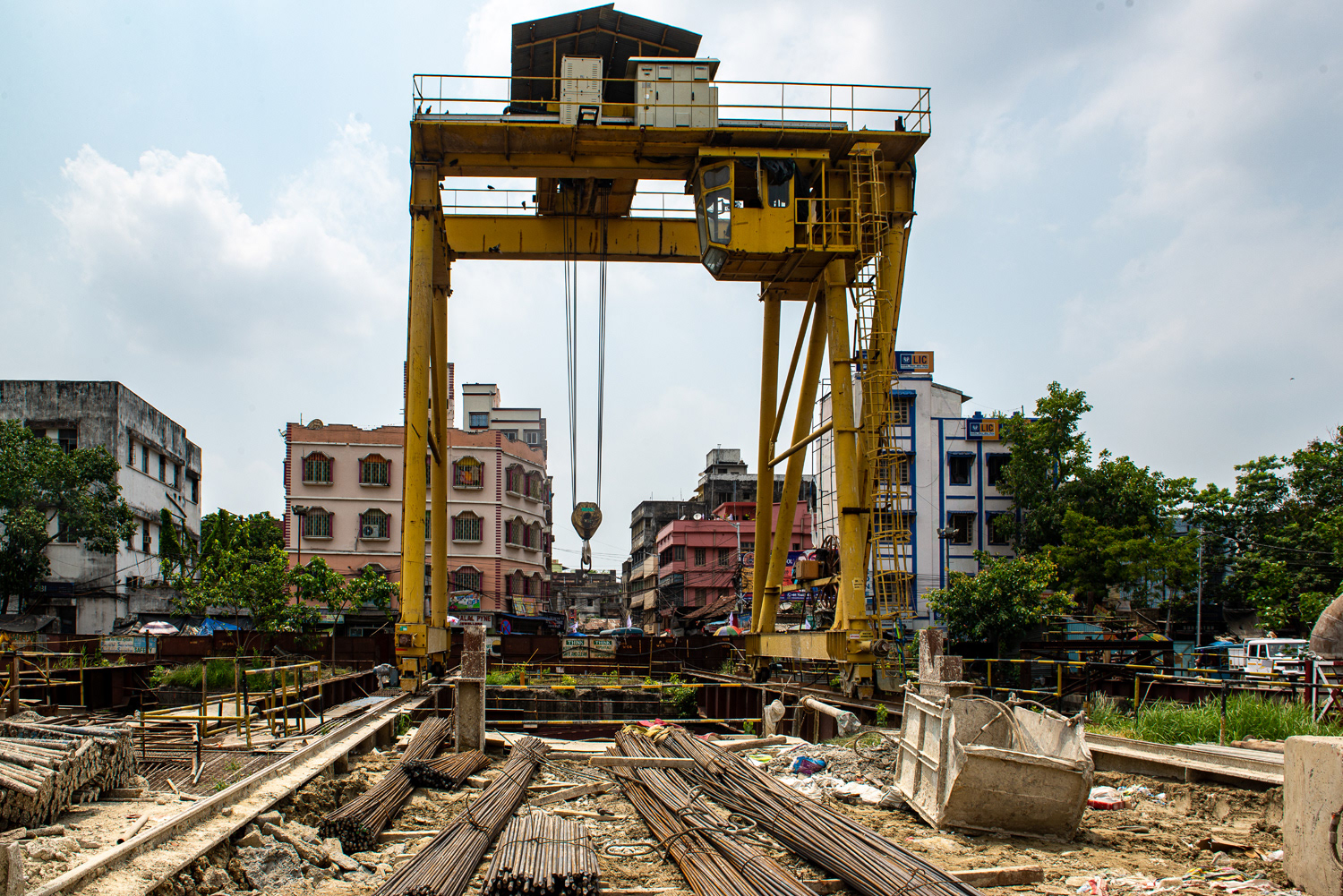
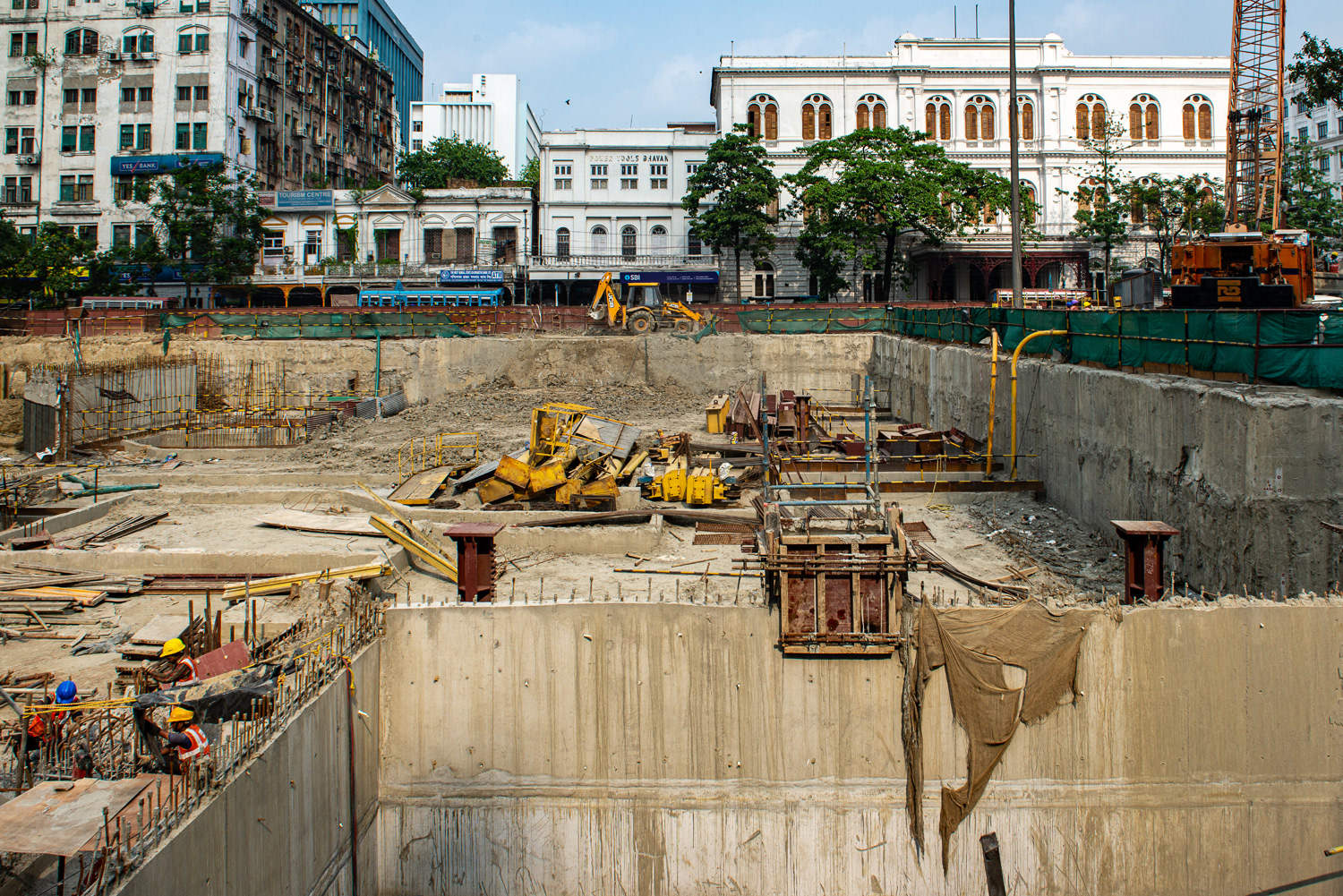
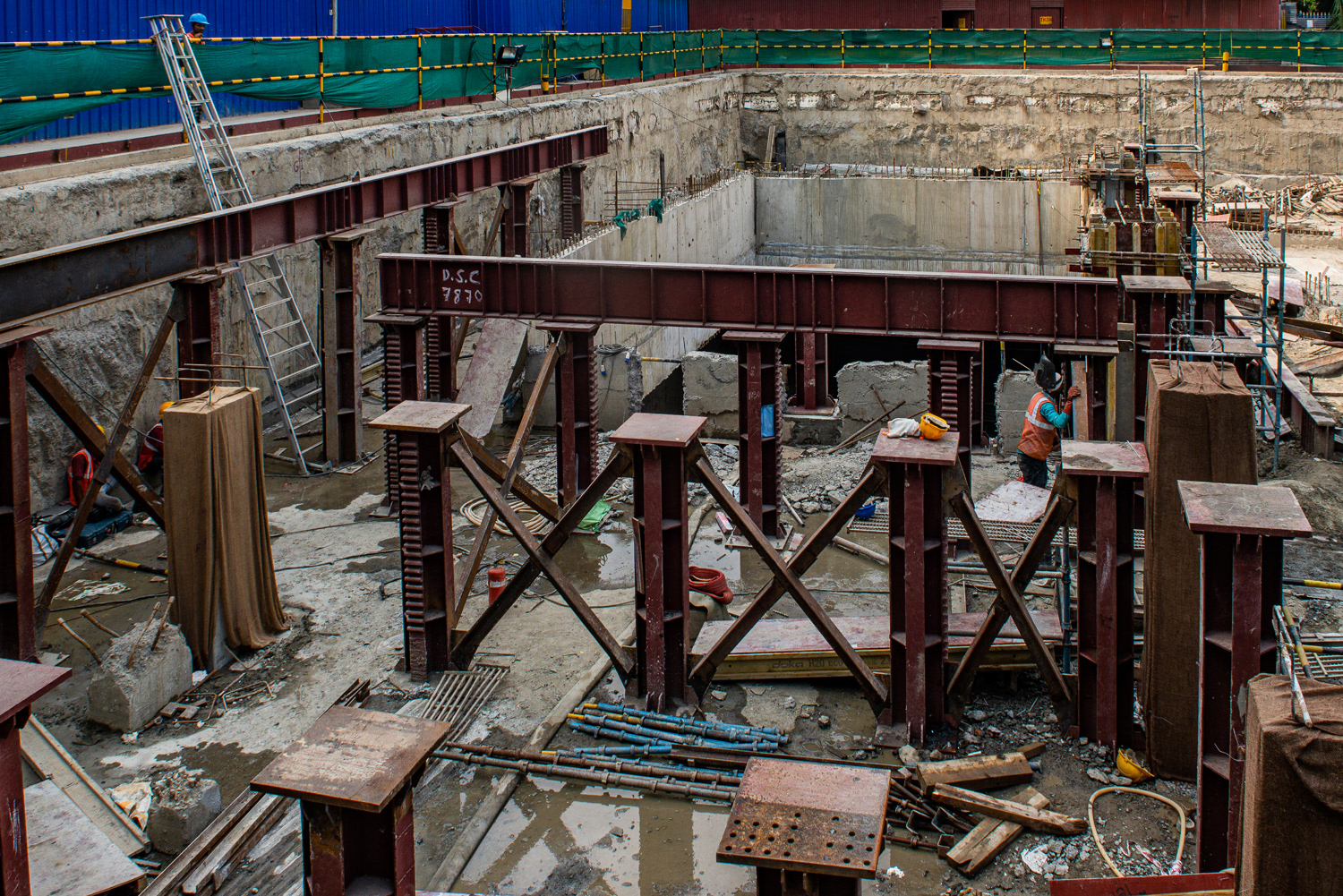
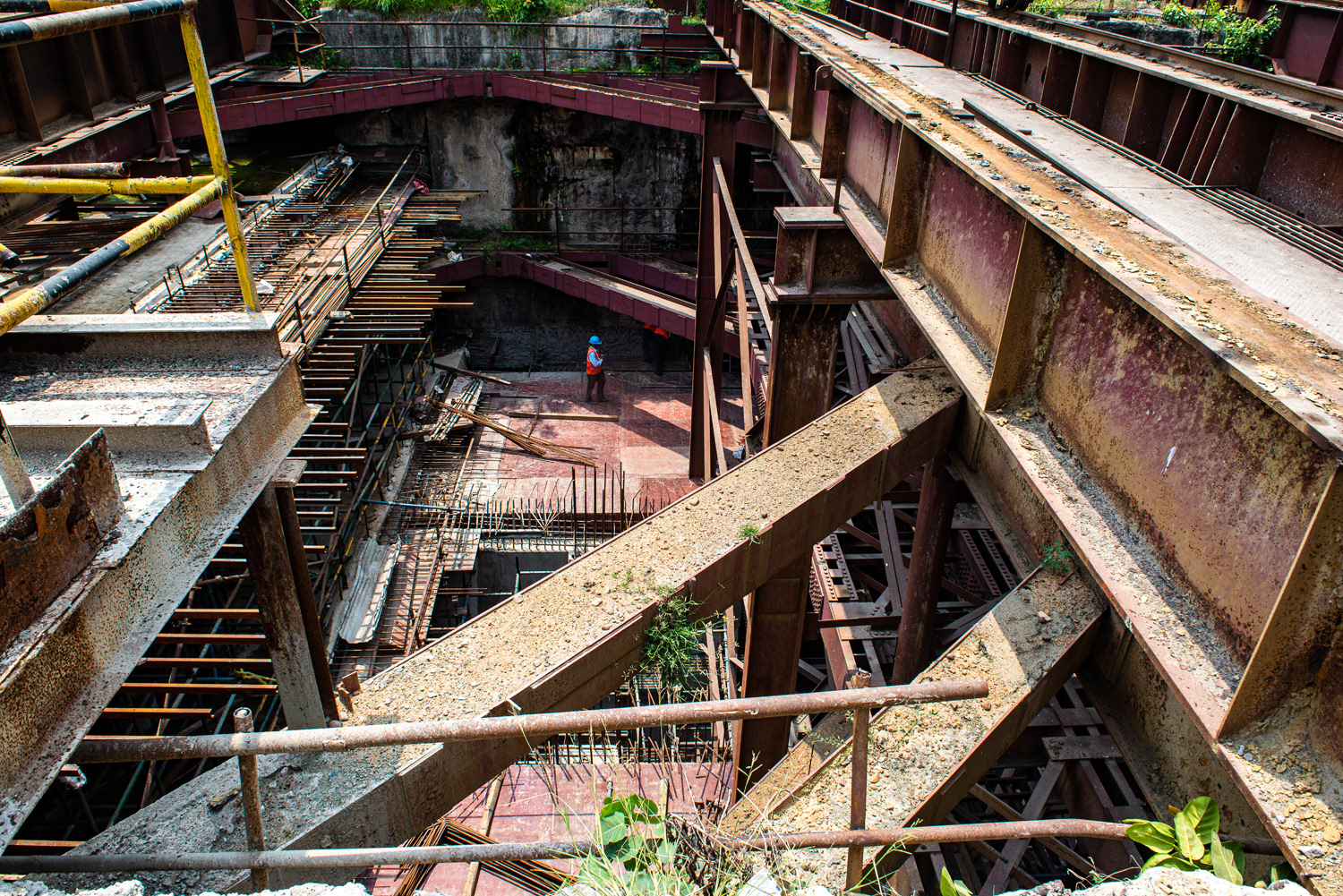
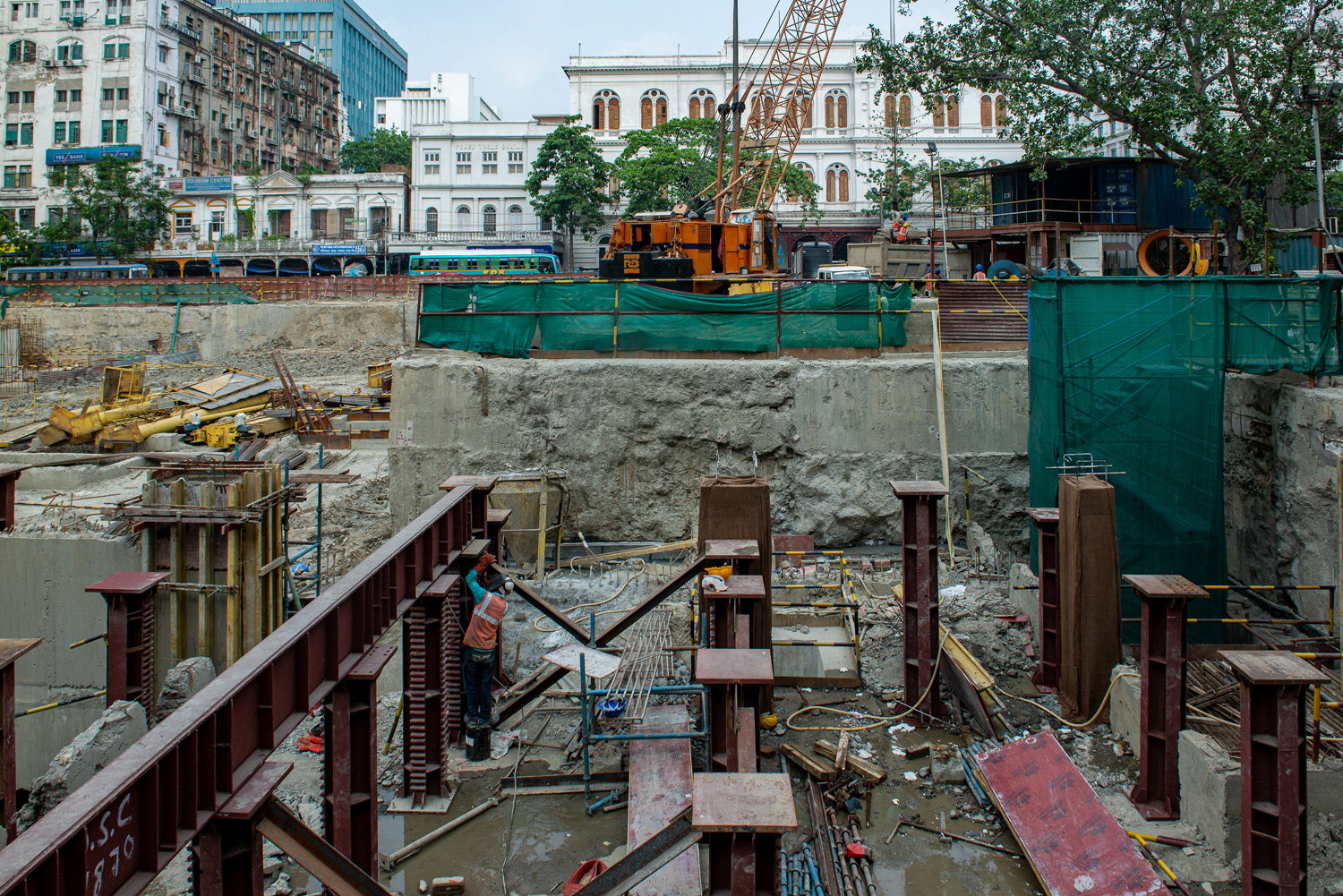
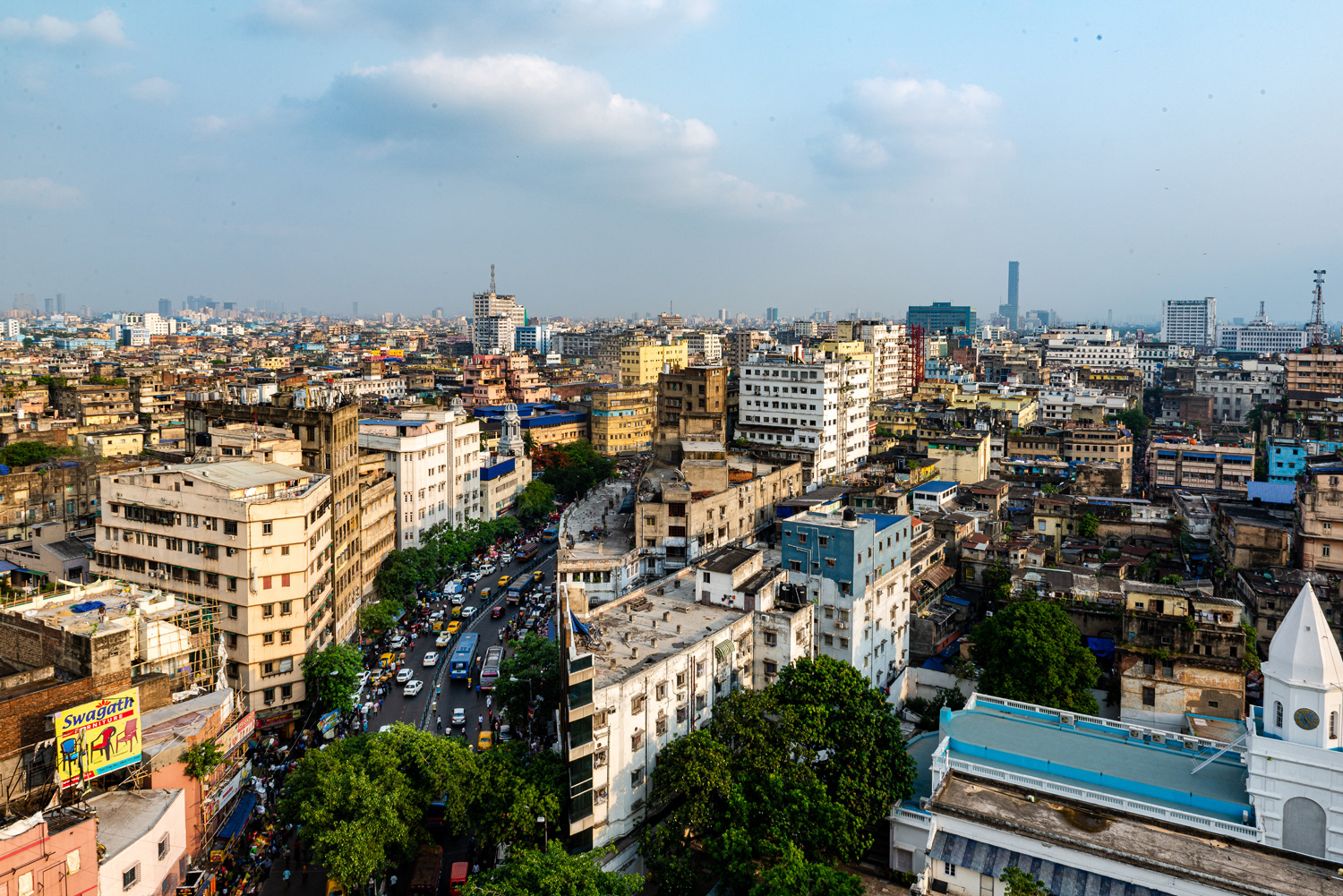
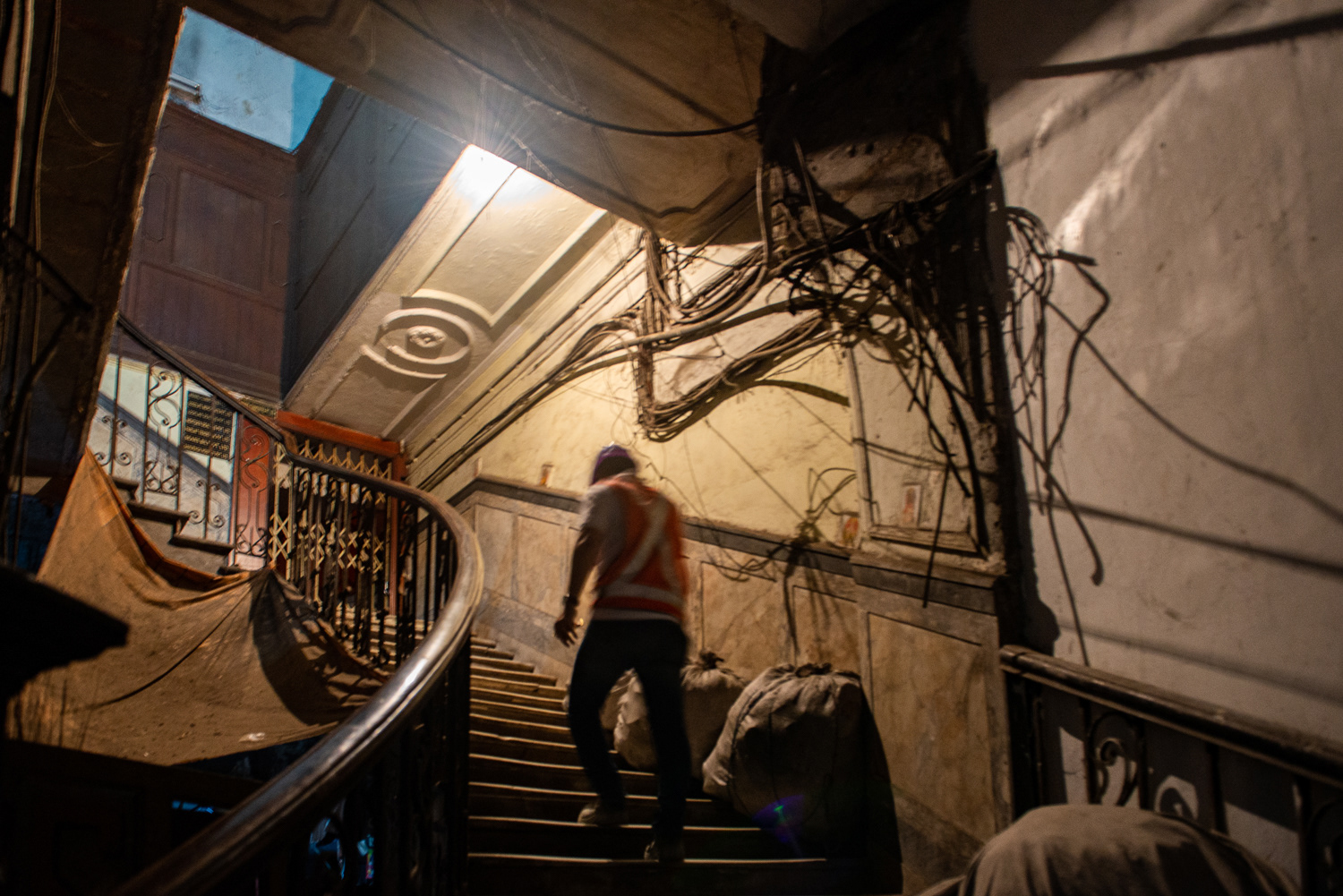
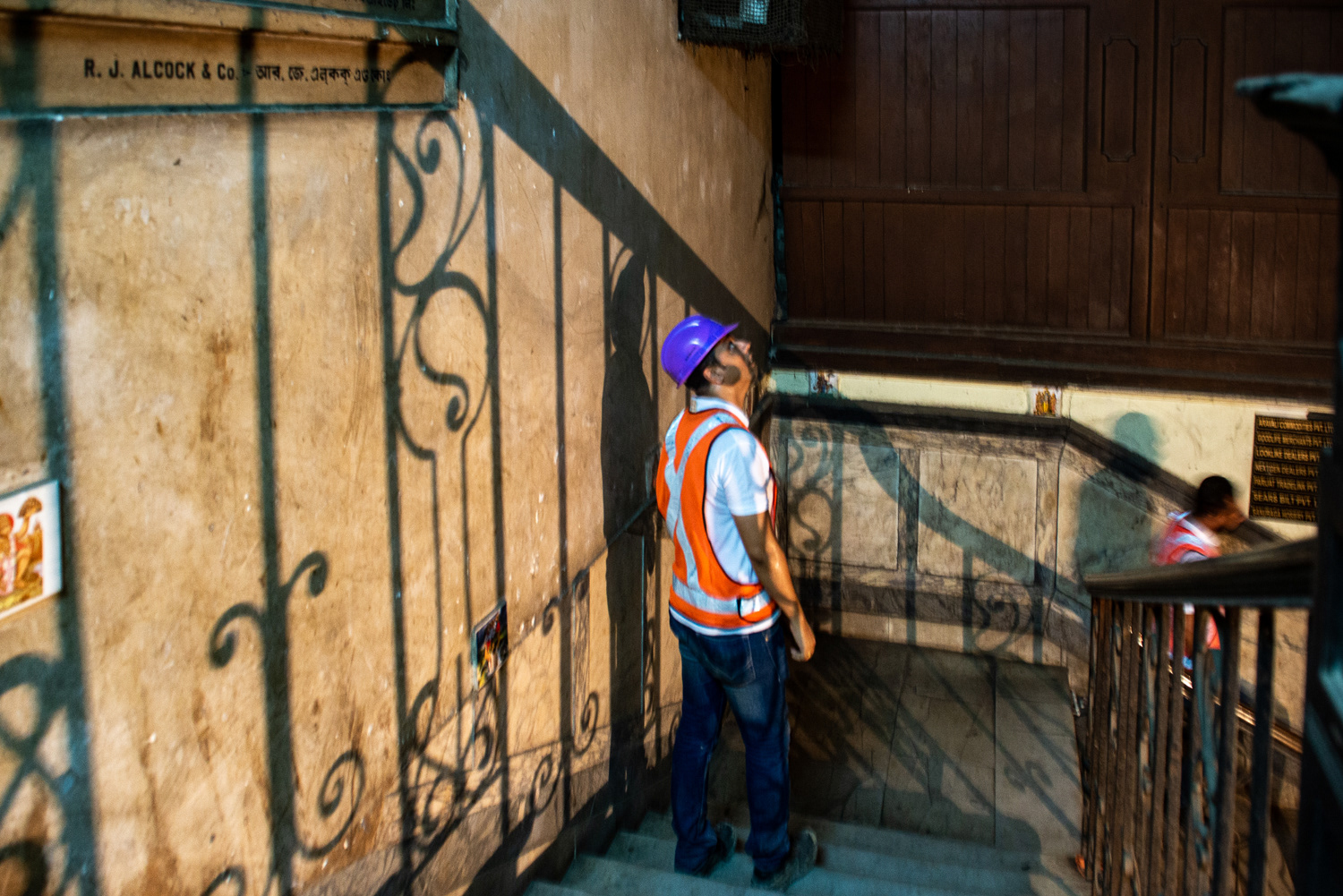
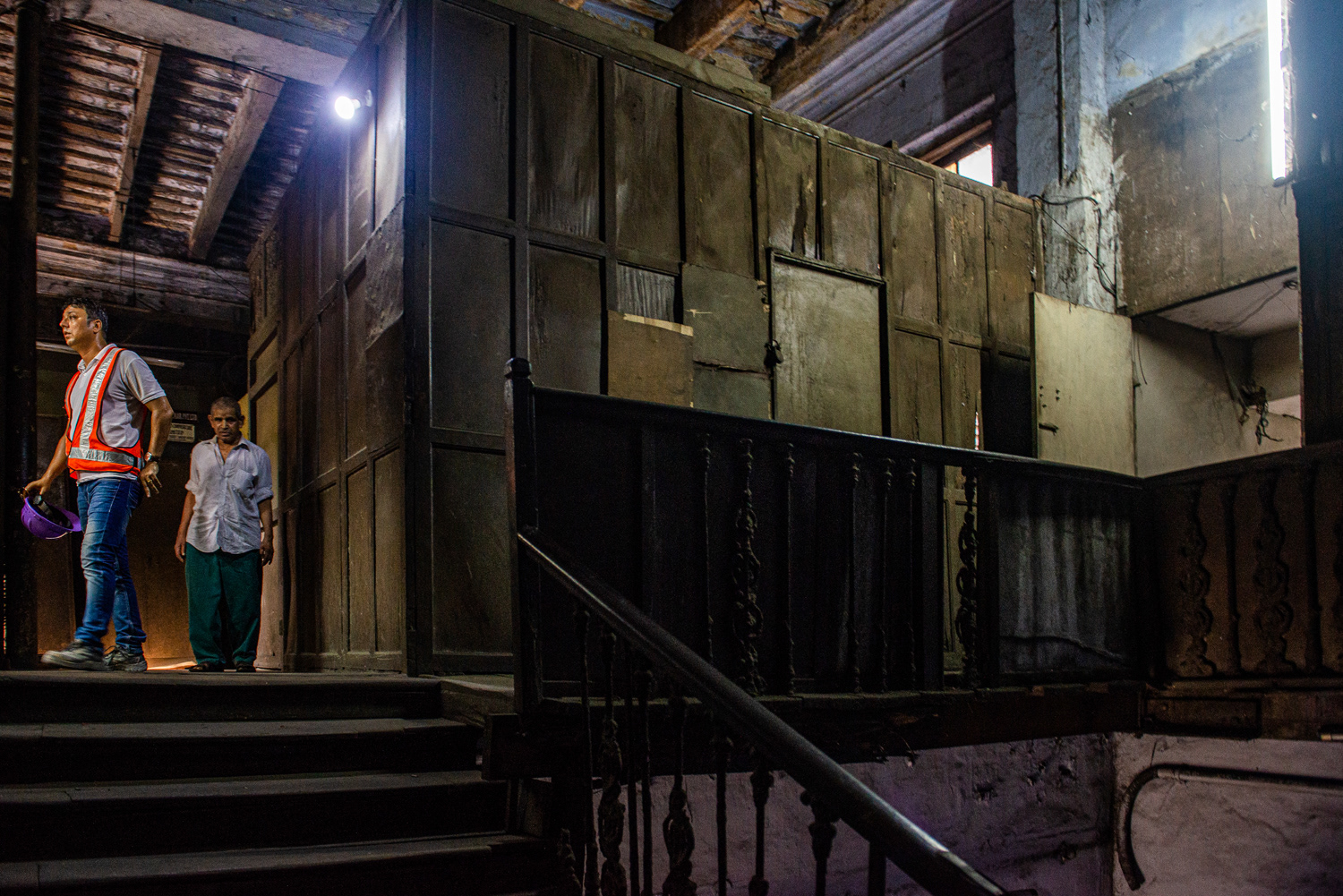
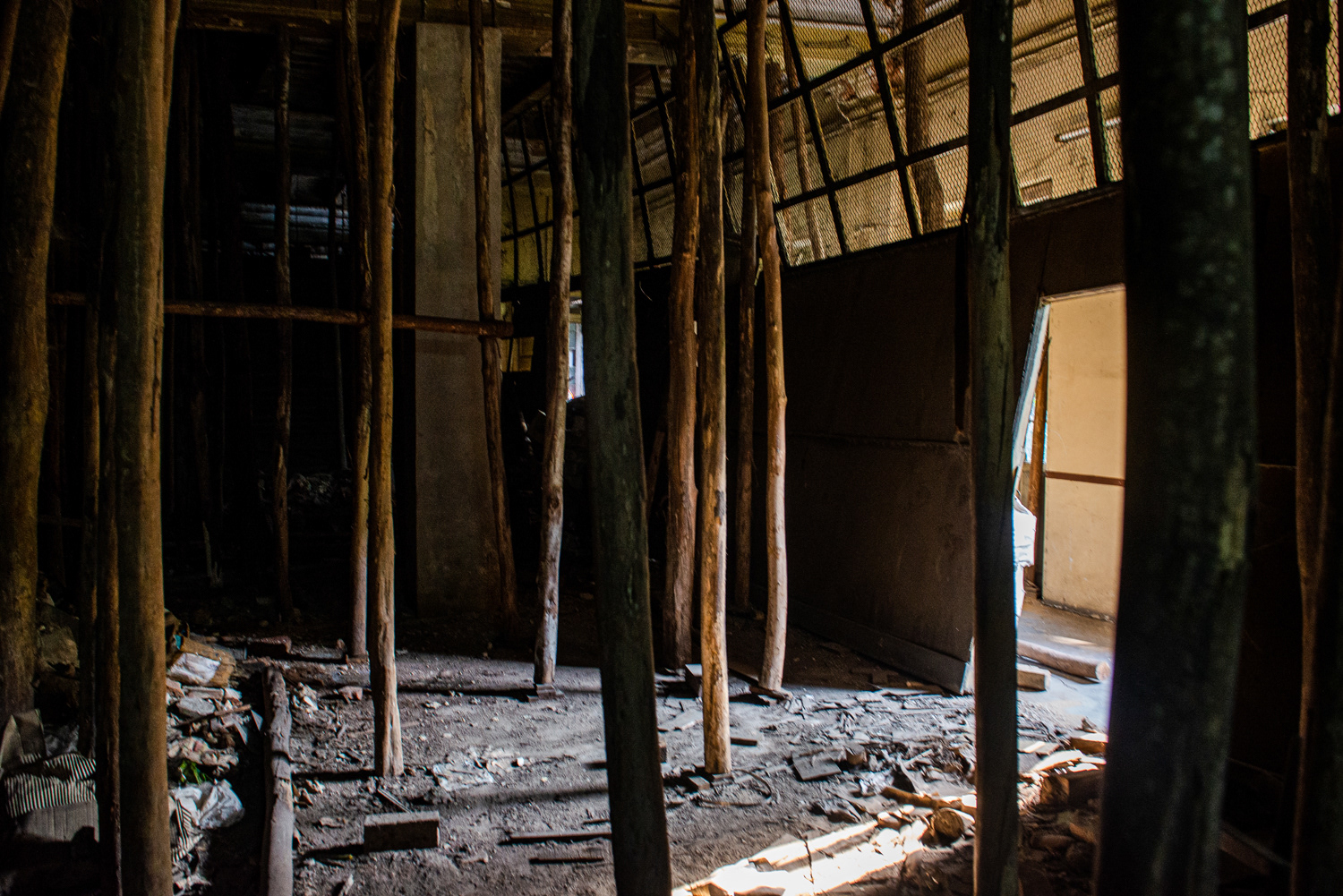
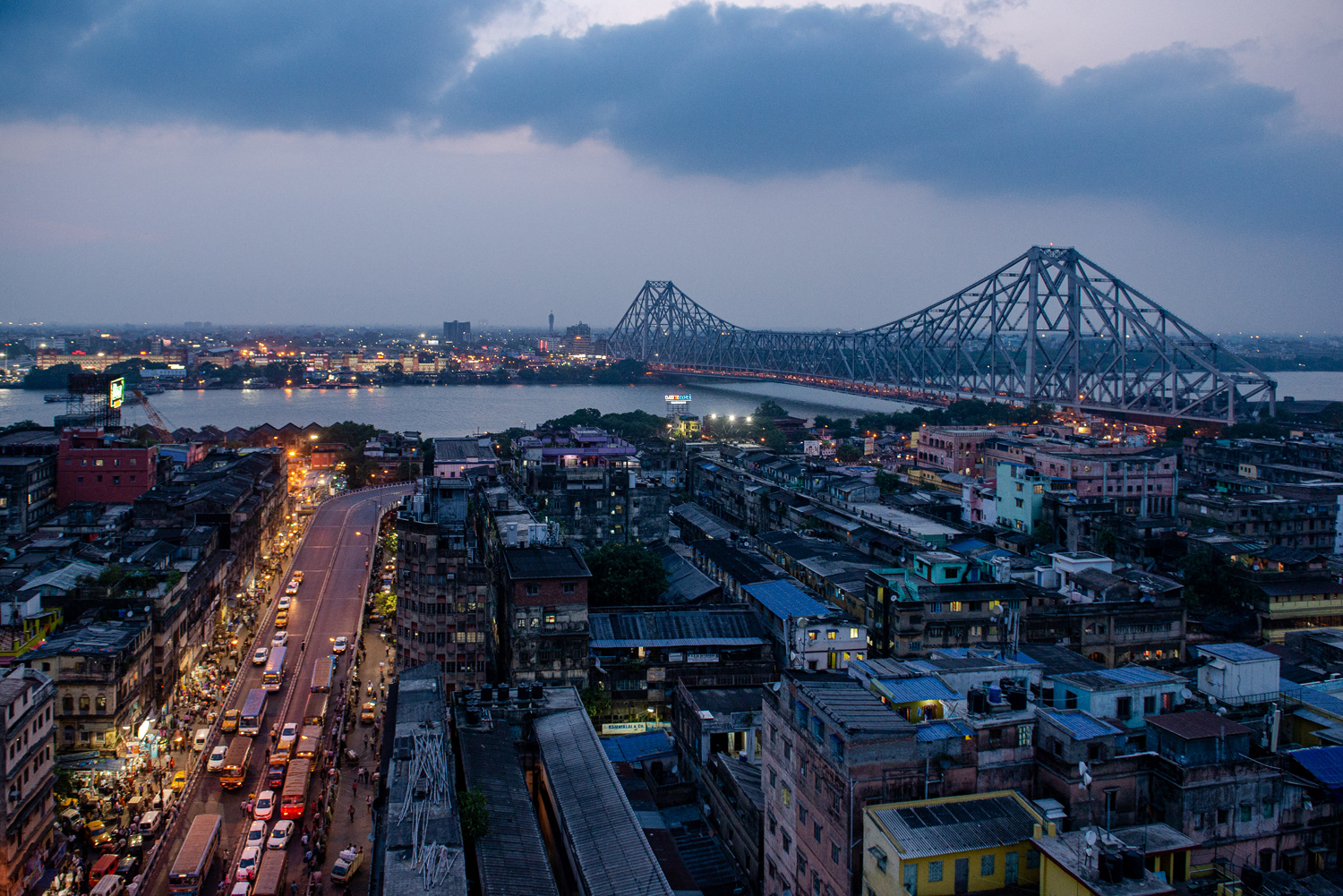
The East-West Metro Corridor project, particularly the section from Howrah Maidan to Sealdah, is one of the most ambitious infrastructure undertakings in Kolkata, West Bengal. This metro line, being constructed by Kolkata Metro Rail Corporation (KMRC), aims to connect the western part of the city (Howrah) with the eastern part (Salt Lake) via a modern, high-capacity metro system. Two key aspects of this project have garnered significant attention: (1) the underwater tunnel beneath the Hooghly River and (2) the challenges of tunneling through densely populated and structurally fragile areas like Bowbazar.
1. Underwater Tunnel Crossing the Hooghly River - One of the most remarkable engineering feats of the East-West Metro is the underwater tunnel that crosses the Hooghly River, marking the first time in India that a metro line runs beneath a river. Spanning around 520 meters, the twin tunnels connect Howrah Station to the other side of the river. The construction of the underwater tunnel required the use of Tunnel Boring Machines (TBMs) and advanced technology to ensure the safety and stability of the structure, while minimizing disruption to the riverbed and surrounding areas. This section of the metro will significantly reduce travel time between Howrah and the rest of Kolkata, which otherwise depends on road bridges and ferries. The underwater metro section is expected to be a game-changer for urban connectivity, providing a fast, efficient, and eco-friendly mode of transport.
2. Tunnel Laying through the Old Bowbazar Area - Another challenging aspect of the project is tunneling through the Bowbazar area, an old part of central Kolkata characterized by narrow lanes and aging buildings. This part of the city is home to several century-old buildings, many of which are structurally fragile, posing significant risks during tunneling operations. In 2019, the project hit a major hurdle when tunneling work caused cracks and collapses in buildings in the Bowbazar area, leading to the evacuation of several families and a temporary suspension of work. The incident highlighted the precarious nature of working in such densely built-up areas, where old and dilapidated structures are susceptible to damage.
To address these concerns, engineers employed specialized techniques, such as ground freezing and other structural reinforcements, to minimize vibrations and protect buildings during the tunneling process. Despite these challenges, the project continues to push forward, with authorities taking precautions to safeguard residents and historical structures. The successful completion of this section is crucial for ensuring seamless connectivity between Howrah and Sealdah, two of Kolkata’s busiest railway hubs, and will mark a milestone in India’s urban metro projects, overcoming both geographical and infrastructural challenges.
